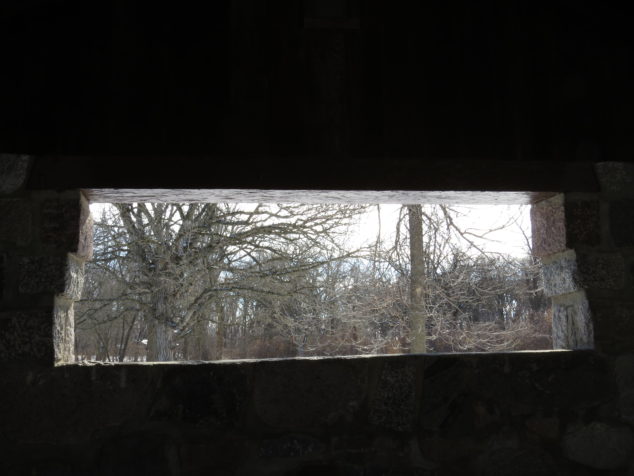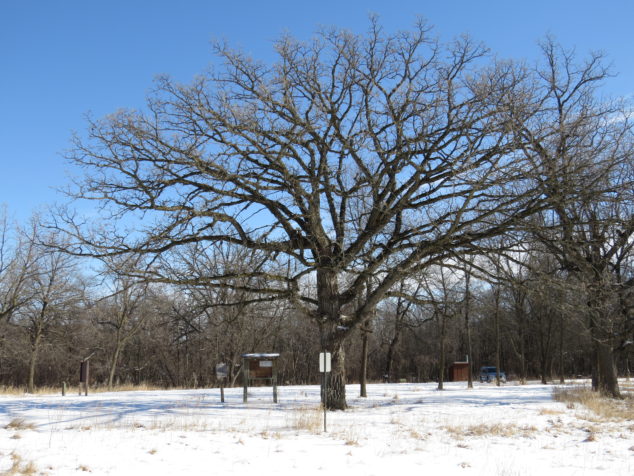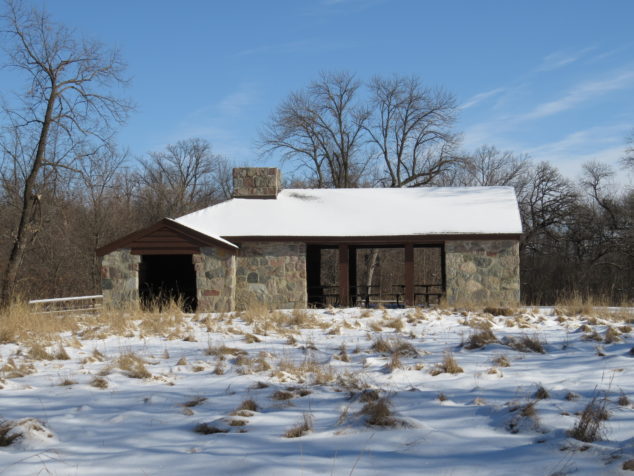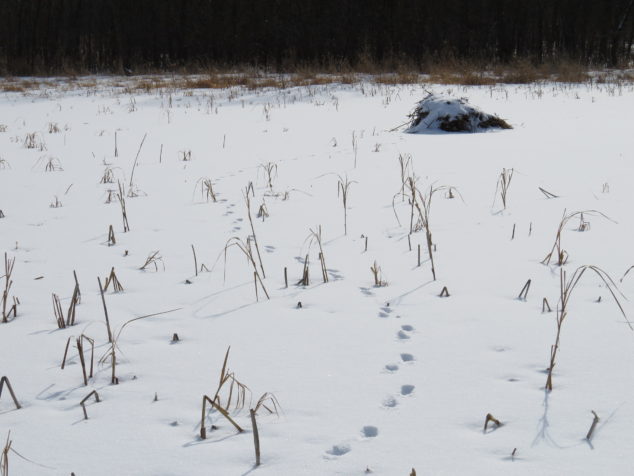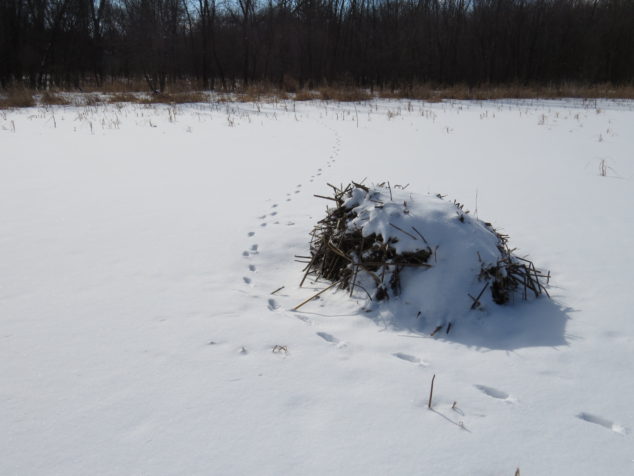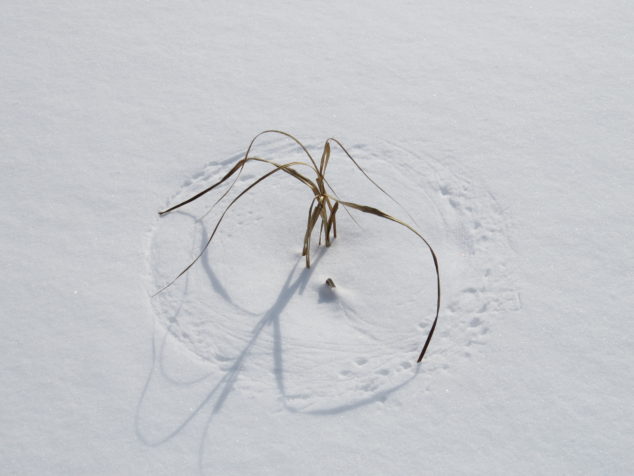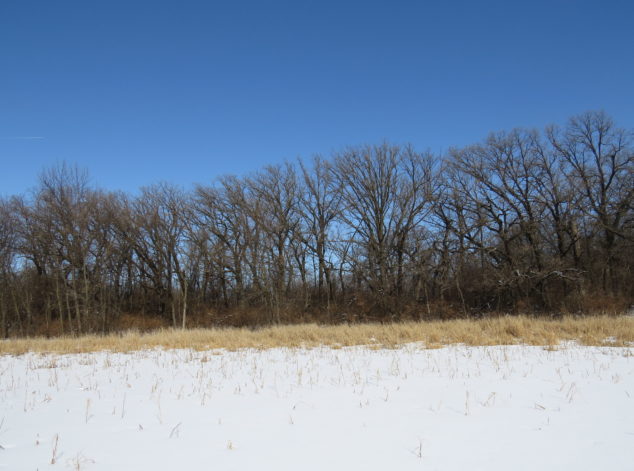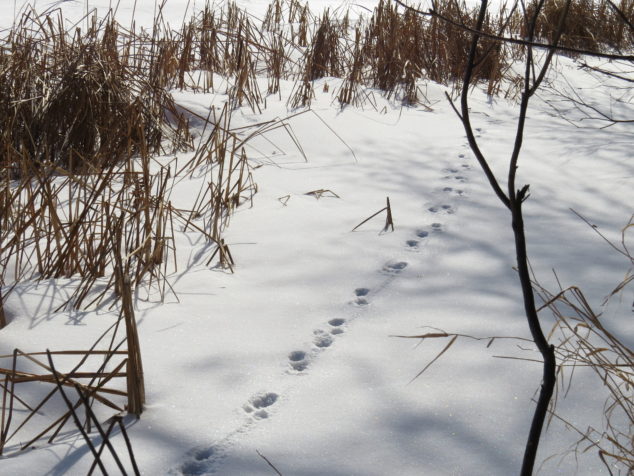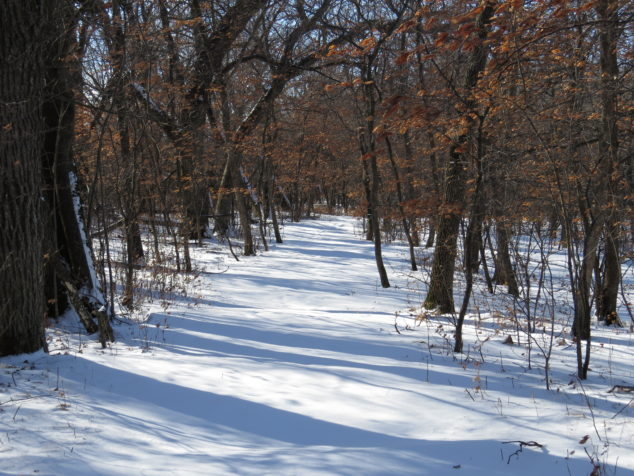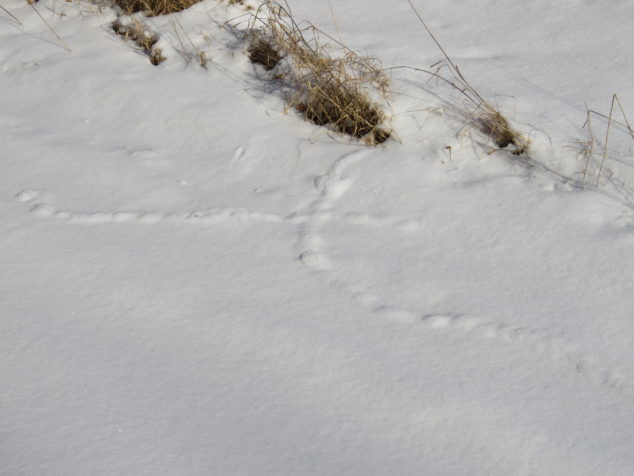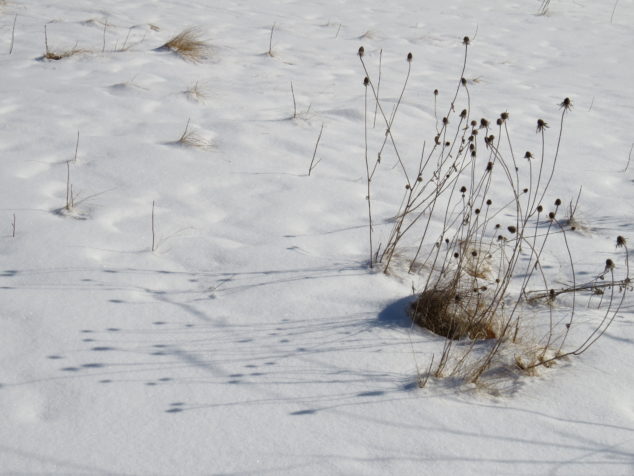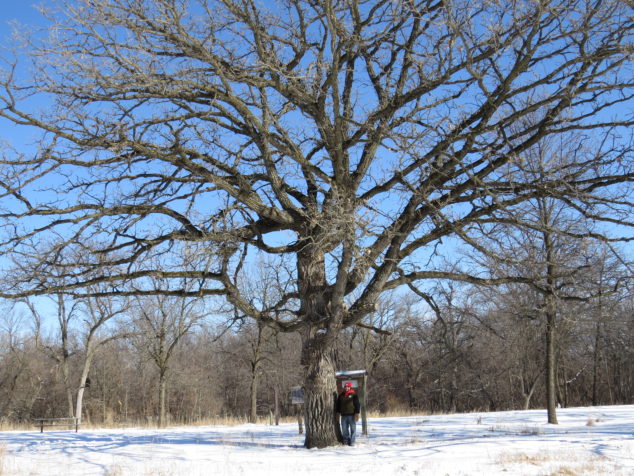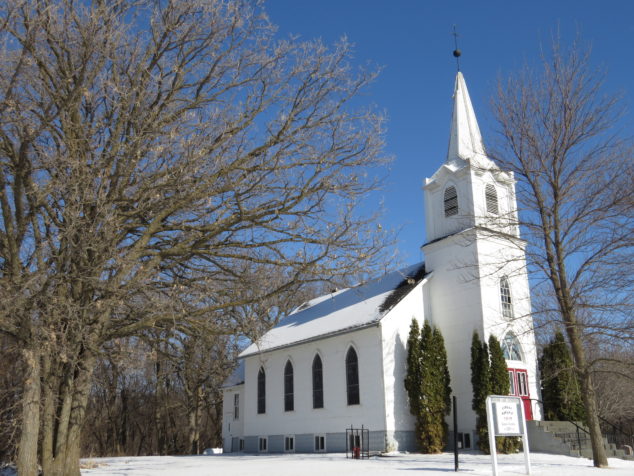At the beginning of the week I was planning to do a post about all the things I love about Nature in honor of Love and Valentine’s Day. There are so, so many things I love about Nature, about all the life-giving forces that surround us in our daily lives. Wednesday was a busy day starting with a circle of wonderful women sharing love for one another and discussing Desmond Tutu’s ‘The Book of Forgiving’ and ending with an Ash Wednesday potluck supper and worship service. And then the news of another deadly school shooting…. It takes a while for the story to unfold. It takes a while for the horror of it to sink into our minds. It takes a while before our bodies register the threat and menace of a normal day turned deadly. Oh, God, help us all.
And then I returned to the post I wrote just last week, to the place where thirteen men, women, and children were murdered on a day in 1862 when the traveling pastor came to visit, when the adults fled the gathering to try to save the children. It was chilling to visit that memorial state park last week, and it was chilling to hear the present-day news of yet another school mass murder this week.
The social media fallout and subsequent bipolarization of the issue of innocent lives lost made me want to cry out in anguish. One meme had a Sesame Street character as the picture with words linking gun deaths to abortions. Incendiary and incriminating words are useless in every situation.
I realized that we all see things from the inside out. We do not see the big picture. We look through the window of our own lives and experiences.
The window we look through is shaped by our upbringing, our culture, our parents, and our education. Were we loved and cared for or neglected and starved? Did people nourish and encourage us or hurt us and abandon us? Were we free to learn and be curious about the world or were we in survival mode day after day? It makes a huge difference in what we see when we’re looking from the inside out. But even the most loved, nourished, and educated person doesn’t see the whole picture—and that’s where community comes in. That’s when questions are asked, when experts are consulted, when data needs to be examined, and when we walk outside of our limited box of experience in order to experience the situation through the window of one who actually lives it. We each contribute a puzzle piece in order to see the whole picture.
On the left side of the picture above is a tree. Looking from the inside out, we can only see a part of it. Our minds extrapolate to build the image of the rest of the tree—because we know what a tree looks like. We, in essence, make up the rest of the image. By stepping out of our limited view of the tree, we see it in a completely different way. We behold the bigger picture and get a better sense of the reality of the tree.
And yet, we still don’t see the whole tree. We notice the ground now, but we don’t see the extensive system of roots below the ground that are intrinsic to the life and existence of the tree. We discern the bark and trunk of the tree, but we don’t see the inside layers of phloem and xylem that coordinate the nourishment of the tree. We distinguish the branches and impressive crown of the Oak, but we don’t see the leaves that power the life of the tree. We are humbled in the face of this Oak and in the face of Nature. As we look from the inside out, let’s gather together as a community of people to add our pieces, ever so humbly, in order to see the bigger picture and take steps to not only try to stop the senseless killings, but to also help those vulnerable people whose windows are small and desolate.
